2025 Teacher Vacancies by State in the US

In 2025, there are ample teacher vacancies across all regions of the US as a result of the persistent problem of teacher shortages. Different sources estimate between 42,000 and over 100,000 unfilled teacher positions nationwide. Moreover, another 270,000 to 365,000 employed K-12 teachers are reported to be unqualified or not fully certified for the teaching assignments that they have been given. In some areas, the inability to find qualified teachers is so bad that anyone who passes a background check gets hired, even without holding a relevant degree. While teacher vacancies are a national challenge, there are major differences from one state to another.
This article breaks down US teacher vacancies by state in 2025. We look at both the absolute number of unfilled teacher vacancies as well as how this compares to the total number of teachers employed in the state and the rate per 10,000 students. The states that are most severely impacted by teacher shortages include Florida, Arizona, Utah, California, and Nevada. Meanwhile, the states with the lowest absolute and relative teacher vacancies comprise Vermont, New Hampshire, North Dakota, New York, and Missouri.
Fullmind helps districts fill teacher vacancies with highly qualified, state-certified K-12 teachers who are trained in integrated instruction. Our services are available nationwide, and we can fill vacancies in as little as two weeks.
Let’s see current teacher vacancies by US state:
Alabama Teacher Vacancies in 2025
- Unfilled teacher vacancies: 1,350+
- Range of reported teacher vacancy: 3,000+
- Relative teacher shortage/Vacancies by 10,000 students: Very high (4th quartiles)
- Teachers not fully certified for their teaching assignment: 6,125
- Total number of teachers: 42,022
- Average elementary school teacher salary: $50,270
- Average secondary school teacher salary: $51,950
- Teacher shortage areas: Early Childhood Education, Language Arts, Mathematics, and Physical Science
Alabama is among the 10 US states with the highest rate of teacher vacancies. This is a long-standing problem in the state caused by a decreasing number of graduates in the education field and a high turnover among teachers. Not all areas are equally impacted, and some subjects face more shortages than others.
To address the challenge, Alabama has resorted to hiring teachers with emergency certificates and working with long-term substitutes. While there has been a slight improvement over the course of the last couple of years as a result of these measures, there is still a significant number of available K-12 teaching positions.
Alaska Teacher Vacancies in 2025
- Unfilled teacher vacancies: 355
- Range of reported teacher vacancy: Unknown
- Relative teacher shortage/Vacancies by 10,000 students: Unknown
- Teachers not fully certified for their teaching assignment: 1,928
- Total number of teachers: 7,160
- Average elementary school teacher salary: $75,860
- Average secondary school teacher salary: $77,920
- Teacher shortage areas: Unspecified
While the number of teacher vacancies in Alaska is relatively low, with fewer than 1,000 unfilled positions, the total number of required teachers is also small, due to the population size. According to the Alaska Department of Labor Workforce Development, the issue is that teachers are leaving faster than they are being replaced. Most Alaska teachers who quit their current positions leave either the state or the industry altogether. The main unmet demands of local educators remain competitive wages and defined benefit options rather than unclear bonuses.
Arizona Teacher Vacancies in 2025
- Unfilled teacher vacancies: 2,230
- Range of reported teacher vacancy: 1,000-1,999
- Relative teacher shortage/Vacancies by 10,000 students: High (3th quartiles)
- Teachers not fully certified for their teaching assignment: 6,748
- Total number of teachers: 49,566
- Average teacher salary: $60,275
- Teacher shortage areas: Chemistry, ESL, Physics, Science, Social Studies, Special Education, and others
Arizona faces some of the most severe teacher shortages nationwide, being consistently ranked among the 5 states with the highest teacher vacancies, both absolute and relative. On top of that, many teaching positions are filled by educators who don’t meet the standard requirements. The main reasons behind this problem are low wages and lack of support for the profession.
The alternative fixes that Arizona is currently deploying, such as allowing people who pass a quick certification to teach, do not pose a long-term solution to the issue as they lead to suboptimal results.
Arkansas Teacher Vacancies in 2025
- Unfilled teacher vacancies: 400
- Range of reported teacher vacancy: 1,000-1,999
- Relative teacher shortage/Vacancies by 10,000 students: Unknown
- Teachers not fully certified for their teaching assignment: 3,350
- Total number of teachers: 38,815
- Average elementary school teacher salary: $48,800
- Average secondary school teacher salary: $51,780
- Teacher shortage areas: Art, Business Technology Education, Mathematics, Science, Special Education, and World Languages
In early 2025, there are around 400 teacher job openings in Arkansas on websites such as Indeed and Glassdoor. This makes the problem of teacher vacancies in Arkansas less severe than in other US states, but it’s important to note that there are major disparities across regions within the state. Altogether, about 1 out of 12 Arkansas teachers is unlicensed or instructs in a subject outside their certification area. The root causes include low compensation, inadequate incentives, and general lack of bachelor’s degrees, especially in some geographic areas.
California Teacher Vacancies in 2025
- Unfilled teacher vacancies: 10,000+
- Range of reported teacher vacancy: Unknown
- Relative teacher shortage/Vacancies by 10,000 students: Unknown
- Teachers not fully certified for their teaching assignment: 32,252
- Total number of teachers: 267,659
- Average teacher salary: $95,160
- Teacher shortage areas: Unspecified
California ranks among the states that are most severely impacted by the nationwide teacher shortages. There are more than 10,000 teacher vacancies, with thousands of teaching positions being filled by unqualified individuals. The challenge is driven by multiple factors including low pay, teacher burnout, retirements, and lack of interest in the profession among the youth.
In 2024, California passed a new law that eliminates barriers to the teacher profession in an attempt to attract more potential educators. The new legislation is expected to help address the problem by allowing those holding a bachelor’s degree or higher from a regionally accredited institution of higher education to teach without the need to verify competence in reading, writing, and mathematics.
Colorado Teacher Vacancies in 2025
- Unfilled teacher vacancies: 635
- Range of reported teacher vacancy: 1-999
- Relative teacher shortage/Vacancies by 10,000 students: Low (1st quartiles)
- Teachers not fully certified for their teaching assignment: 1,489
- Total number of teachers: 53,553
- Average elementary school teacher salary: $54,670
- Average secondary school teacher salary: $56,370
- Teacher shortage areas: Business Education, ESL, Foreign Languages, Mathematics, Music, Sciences, Special Education, and others
Colorado suffers from less dominant teacher vacancies than other states. Nevertheless, for rural areas this is still a major challenge. The main difficulties in recruiting teachers include low salaries, long commutes to remote locations, and fewer individuals willing to study education.
Colorado is handling the issue by offering a $10,000 stipend to those earning an education degree.
Connecticut Teacher Vacancies in 2025
- Unfilled teacher vacancies: 1,221
- Range of reported teacher vacancy: 1-999
- Relative teacher shortage/Vacancies by 10,000 students: Low (1st quartiles)
- Teachers not fully certified for their teaching assignment: 1,203
- Total number of teachers: 44,077
- Average teacher salary: $83,400
- Teacher shortage areas: Career and Technical Education, ESL, Mathematics, Science, Special Education, and others
Connecticut witnesses teacher vacancies in certain areas, but generally speaking the problem is less intense than in other states. The reason behind existing shortages is that educator preparation programs do not produce enough teachers.
Connecticut has been addressing the issue by increasing class sizes, assigning more classes to teachers, and working with long-term substitute teachers, but there are not appropriate long-term solutions.
Delaware Teacher Vacancies in 2025
- Unfilled teacher vacancies: 259
- Range of reported teacher vacancy: 1-999
- Relative teacher shortage/Vacancies by 10,000 students: High (3rd quartiles)
- Teachers not fully certified for their teaching assignment: 2,242
- Total number of teachers: 9,991
- Average teacher salary: $68,787
- Teacher shortage areas: Career and Technical Education, ESL, Foreign Languages, Language Arts, Mathematics, Science, Special Education, and others
Current vacant teacher positions in Delaware show a 52% decline over the previous hiring period, signifying that teacher shortages are slowly declining. The state has been able to tangibly improve the situation by expanding investments, enhancing entry pathways, strengthening partnerships to boost the teacher pipeline, focusing on retention, and making data-based decisions.
Florida Teacher Vacancies in 2025
- Unfilled teacher vacancies: 4,440
- Range of reported teacher vacancy: 3,000+
- Relative teacher shortage/Vacancies by 10,000 students: High (3rd quartiles)
- Teachers not fully certified for their teaching assignment: 23,825
- Total number of teachers: 156,787
- Average teacher salary: $53,098
- Teacher shortage areas: Career and Technical Education, ESL, Language Arts, Mathematics, Science, and Special Education
In recent years, Florida has consistently been among the 5 states with the worst teacher shortages nationwide. In addition to widespread vacant positions, many positions are filled by individuals who are not properly certified. While Florida needs about 10% more teachers by 2031 to fix the issue, fewer and fewer college graduates go for education. As usual, the main factors that push Floridians away from the teacher profession are low pay (Florida teachers are among the lowest paid in the nation) and the excessive amount of stress.
Georgia Teacher Vacancies in 2025
- Unfilled teacher vacancies: 3,000+
- Range of reported teacher vacancy: 3,000+
- Relative teacher shortage/Vacancies by 10,000 students: High (3rd quartiles)
- Teachers not fully certified for their teaching assignment: 21,042
- Total number of teachers: 121,301
- Average teacher salary: $64,461
- Teacher shortage areas: Unspecified
Georgia is another state where teacher shortages are a major problem, especially in low-income and majority Black communities. The challenge is two-fold: A large number of unfilled positions and teaching positions occupied by unqualified individuals. The reasons behind this are low pay, lack of professional support, inflation, significant teacher turnover, limited professional pool, more workload, and prevailing teacher burnout. Indeed, currently, Georgia teachers make more than $3,000 less than they did 10 years ago, in absolute terms.
Hawaii Teacher Vacancies in 2025
- Unfilled teacher vacancies: 294
- Range of reported teacher vacancy: 1-999
- Relative teacher shortage/Vacancies by 10,000 students: Very high (4th quartiles)
- Teachers not fully certified for their teaching assignment: 2,146
- Total number of teachers: 11,984
- Average elementary school teacher salary: $63,360
- Average secondary school teacher salary: $60,810
- Teacher shortage areas: ESL, Foreign Languages, Language Arts, Mathematics, Special Education, and Vocational/Technical Education
In 2025, Hawaii has the lowest rate of teacher vacancies since before the Covid-19 pandemic. The situation has improved, but it is not clear whether this is a permanent solution or numbers might start going up again.
A main reason for the improvement has been higher retention as a result of the efforts on behalf of local authorities and school administrations.
Idaho Teacher Vacancies in 2025
- Unfilled teacher vacancies: 200
- Range of reported teacher vacancy: 1-999
- Relative teacher shortage/Vacancies by 10,000 students: High (3rd quartiles)
- Teachers not fully certified for their teaching assignment: 1,116
- Total number of teachers: 18,121
- Average elementary school teacher salary: $48,880
- Average secondary school teacher salary: $50,640
- Teacher shortage areas: Career and Technical Education, ESL, Language Arts, Mathematics, Music, Psychology, Science, Social Studies, Theater, Visual and Performing Arts, World Languages, and others
While Idaho has relatively few vacant K-12 teacher positions, this number should be considered against the small state population, so Idaho is actually among the 10 US states with the worst relative teacher vacancies in 2025. A particularly worrisome trend in the state is that as many as 12% of Idaho teachers leave their job after the first year. Contributing factors include an aging workforce, less enrollment in teacher preparation programs, and high attrition.
Illinois Teacher Vacancies in 2025
- Unfilled teacher vacancies: 3,558
- Range of reported teacher vacancy: 1,000-1,999
- Relative teacher shortage/Vacancies by 10,000 students: Moderate (2nd quartiles)
- Teachers not fully certified for their teaching assignment: 4,649
- Total number of teachers: 135,363
- Average teacher salary: $73,916
- Teacher shortage areas: Art and Music, Career and Technical Education, ESL, Health and Physical Education, Language Arts, Mathematics, Science, Social Studies, Special Education, World Languages, and others
The Illinois State Board of Education reports that the teacher vacancy rate tripled over the course of the past couple of years. Teacher shortages are especially pronounced in special education and bilingual education, posing a specific challenge. The main challenges include low compensation, high attrition, and lack of qualified candidates.
Indiana Teacher Vacancies in 2025
- Unfilled teacher vacancies: 840
- Range of reported teacher vacancy: 1-999
- Relative teacher shortage/Vacancies by 10,000 students: Moderate (2nd quartiles)
- Teachers not fully certified for their teaching assignment: 6,206
- Total number of teachers: 66,414
- Average teacher salary: $57,778
- Teacher shortage areas: Early Childhood Education, Career and Technical Education, ESL, Language Arts, Mathematics, Music, Science, World Languages, and others
The number of teacher vacancies is not too high in Indiana, but the proportion of unqualified educators is considerable. This is the combined effect of fewer students joining teacher preparation programs and more teachers leaving the profession in pursuit of more competitive pay and less stressful positions.
Iowa Teacher Vacancies in 2025
- Unfilled teacher vacancies: 1,013
- Range of reported teacher vacancy: Unknown
- Relative teacher shortage/Vacancies by 10,000 students: Unknown
- Teachers not fully certified for their teaching assignment: 1,826
- Total number of teachers: 36,138
- Average elementary school teacher salary: $53,950
- Average secondary school teacher salary: $56,510
- Teacher shortage areas: Career and Technical Education, ESL, Gifted Education, Special Education, Science, World Languages, and others
Iowa is facing significant shortages not only among teachers but also among other school professionals, especially in the eastern school districts in the state. The current situation is negatively affecting the quality of education that many Iowa students receive. What is driving the current situation is a large number of teachers quitting and few qualified applicants for available vacant positions.
Kansas Teacher Vacancies in 2025
- Unfilled teacher vacancies: 1,810
- Range of reported teacher vacancy: 1,000-1,999
- Relative teacher shortage/Vacancies by 10,000 students: Very high (4th quartiles)
- Teachers not fully certified for their teaching assignment: 1,578
- Total number of teachers: 37,885
- Average elementary school teacher salary: $50,650
- Average secondary school teacher salary: $52,050
- Teacher shortage areas: Academically Advanced, Special Education, and others
Kansas teacher vacancy rates continue to be high, particularly in elementary school core subjects, mathematics, and special education. The main reasons that push many away from the teacher profession in Kansas include long working hours, stress, disappointment, and low engagement. Areas such as Wichita have seen a 51% drop in teacher shortages, but this has been achieved by significantly raising teacher salaries and closing down some schools.
Kentucky Teacher Vacancies in 2025
- Unfilled teacher vacancies: 277
- Range of reported teacher vacancy: 1-999
- Relative teacher shortage/Vacancies by 10,000 students: High (3rd quartiles)
- Teachers not fully certified for their teaching assignment: 1,844
- Total number of teachers: 43,023
- Average elementary school teacher salary: $52,660
- Average secondary school teacher salary: $55,110
- Teacher shortage areas: Academically Advanced, Art and Music, Career and Technical Education, Early Childhood Education, ESL, Health and Physical Fitness, Language Arts, Mathematics, Science, Social Studies, Special Education, World Languages, and others
Teacher vacancies are hurting the educational system in Kentucky too. Unlike other states, Kentucky exhibits multiple areas with teacher shortages. Districts are unable to fill available positions with qualified professionals as fewer students choose a career in education and more educators leave their jobs than ever before.
Louisiana Teacher Vacancies in 2025
- Unfilled teacher vacancies: 1,145
- Range of reported teacher vacancy: Unknown
- Relative teacher shortage/Vacancies by 10,000 students: Unknown
- Teachers not fully certified for their teaching assignment: 16,195
- Total number of teachers: 41,110
- Average elementary school teacher salary: $48,630
- Average secondary school teacher salary: $51,810
- Teacher shortage areas: ESL, Mathematics, Science, Special Education, and World Languages
While the number of vacant teacher positions has declined in Louisiana, the state has one of the highest rates of unqualified educators nationwide. Generally speaking, unlike in other regions, fewer teachers are leaving, and more students are choosing education, but extremely low wages remain a challenge to addressing the dire situation in the Louisiana educational system.
Maine Teacher Vacancies in 2025
- Unfilled teacher vacancies: 400
- Range of reported teacher vacancy: 1-999
- Relative teacher shortage/Vacancies by 10,000 students: Very high (4th quartiles)
- Teachers not fully certified for their teaching assignment: 358
- Total number of teachers: 15,192
- Average elementary school teacher salary: $52,860
- Average secondary school teacher salary: $54,240
- Teacher shortage areas: Art and Music, Career and Technical Education, Early Childhood Education, ESL, Health and Physical Fitness, Science, Special Education, World Languages, and others
Maine is among the states with the lowest teacher shortages, but the situation has been consistently worsening over time, raising a potential red flag for the future. Many Maine districts report that numerous schools have come to closing over the course of the past few years because of being unable to find teachers. Teacher shortages occur across a number of subject areas.
Maryland Teacher Vacancies in 2025
- Unfilled teacher vacancies: 1,935
- Range of reported teacher vacancy: 1,000-1,999
- Relative teacher shortage/Vacancies by 10,000 students: Moderate (2nd quartiles)
- Teachers not fully certified for their teaching assignment: 7,404
- Total number of teachers: 62,236
- Average teacher salary: $79,420
- Teacher shortage areas: Career and Technical Education, Dance, ESL, Mathematics, Science, Special Education, and World Languages
Maryland is among the top 5 states for teachers nationwide as a result of above-average salaries, good career advancement opportunities, strong teacher unions, and great teacher professional development options. In addition to being generally low, teacher vacancies in Maryland are further shrinking. The state has witnessed an increasing rate of enrollment in educator preparation programs after a previously downward trend.
Massachusetts Teacher Vacancies in 2025
- Unfilled teacher vacancies: 4,000
- Range of reported teacher vacancy: Unknown
- Relative teacher shortage/Vacancies by 10,000 students: Unknown
- Teachers not fully certified for their teaching assignment: 5,280
- Total number of teachers: 76,978
- Average teacher salary: $92,307
- Teacher shortage areas: Career and Technical Education, ESL, Language Arts, Mathematics, Science, Social Studies, Special Education, and World Languages
Although there is a significant number of currently available teaching positions, Massachusetts has traditionally been one of the US states with the least problematic teacher shortages. About half of Massachusetts school districts report teacher vacancies to be a major challenge. The main reasons behind this phenomenon are low compensation (around 20% below the state average) and long state certification procedures.
Michigan Teacher Vacancies in 2025
- Unfilled teacher vacancies: 1,351
- Range of reported teacher vacancy: 1-999
- Relative teacher shortage/Vacancies by 10,000 students: Low (1st quartiles)
- Teachers not fully certified for their teaching assignment: 6,894
- Total number of teachers: 85,880
- Average elementary school teacher salary: $69,050
- Average secondary school teacher salary: $62,950
- Teacher shortage areas: Art and Music, Career and Technical Education, ESL, Language Arts, Mathematics, Physical Education, Psychology, Science, Social Studies, Special Education, World Languages, and others
Michigan is not ranked among the states with the worst teacher vacancies, but this is still a problem, especially in some regions. Michigan has above-average teacher attrition and teacher turnover. The Michigan Education Association reports that 10,000 teachers leave the workforce every year, and only 5,000 replace them, leading to a growing gap between available teaching positions and available teachers.
Minnesota Teacher Vacancies in 2025
- Unfilled teacher vacancies: 946
- Range of reported teacher vacancy: 1-999
- Relative teacher shortage/Vacancies by 10,000 students: Low (1st quartiles)
- Teachers not fully certified for their teaching assignment: 5,524
- Total number of teachers: 56,124
- Average teacher salary: $70,005
- Teacher shortage areas: Art and Music, Career and Technical Education, ESL, Health and Physical Fitness, Language Arts, Mathematics, Science, Special Education, World Languages, and others
Even if Minnesota teacher shortages are not as bad as those in many other states, the inability to fill vacant teaching positions is still posing a major challenge. Currently, almost all school districts in Minnesota suffer from unsustainable teacher vacancies, among both full-time and substitute teachers. The pandemic is pointed as the main reason behind this as educators are still unable to recover from the burnout they reached at the time.
Mississippi Teacher Vacancies in 2025
- Unfilled teacher vacancies: 2,775
- Range of reported teacher vacancy: 3,000+
- Relative teacher shortage/Vacancies by 10,000 students: Very high (4th quartiles)
- Teachers not fully certified for their teaching assignment: 2,522
- Total number of teachers: 33,768
- Average teacher salary: $53,354
- Teacher shortage areas: Math, Science, Special Education, and World Languages
Mississippi has one of the largest teacher deficits per 10,000 students nationwide, and the number of teacher vacancies is quickly rising in the state. At the moment, half of Mississippi schools have at least one vacancy that they are unable to fill. Districts in the Delta, the northeast, and rural areas are most significantly impacted.
Missouri Teacher Vacancies in 2025
- Unfilled teacher vacancies: 891
- Range of reported teacher vacancy: 1-999
- Relative teacher shortage/Vacancies by 10,000 students: Low (1st quartiles)
- Teachers not fully certified for their teaching assignment: 1,932
- Total number of teachers: 69,838
- Average elementary school teacher salary: $50,920
- Average secondary school teacher salary: $50,980
- Teacher shortage areas: Academically Advanced, Art and Music, Career and Technical Education, ESL, Health and Physical Fitness, Language Arts, Mathematics, Science, Social Studies, Special Education, World Languages, and others
With fewer than 900 teacher vacancies, Missouri is one of the top 5 states with the lowest teacher shortages nationally.
It’s worth noting that the state has poured significant funding into improving teacher recruitment and retention. Additionally, there were changes to the required state licensing to address the issue.
Montana Teacher Vacancies in 2025
- Unfilled teacher vacancies: 443
- Range of reported teacher vacancy: 1-999
- Relative teacher shortage/Vacancies by 10,000 students: Very high (4th quartiles)
- Teachers not fully certified for their teaching assignment: 353
- Total number of teachers: 11,036
- Average elementary school teacher salary: $52,160
- Average secondary school teacher salary: $52,360
- Teacher shortage areas: Art, Career and Technical Education, English, Mathematics, Music, Science, Social Studies, Special Education, World Languages, and others
While Montana teacher vacancy figures already look high, some sources say they might be actually underestimated as many teachers hold multiple roles. The main reason behind this pressing issue within the state is decreasing teacher salaries in spite of growing funding available to schools, which largely goes towards rising administrators’ wages. Montana schools are increasingly prioritizing administration over instruction due to the former’s strong presentation in public education sector lobbies.
Nebraska Teacher Vacancies in 2025
- Unfilled teacher vacancies: 128
- Range of reported teacher vacancy: 1-999
- Relative teacher shortage/Vacancies by 10,000 students: Low (1st quartiles)
- Teachers not fully certified for their teaching assignment: 1,718
- Total number of teachers: 23,911
- Average elementary school teacher salary: $60,390
- Average secondary school teacher salary: $60,500
- Teacher shortage areas: Agriculture Education, Art, Early Childhood Education, ESL, Gifted Education, Health and Physical Education, Industrial Technology, Language Arts, Music, Science, Special Education, World Languages, and others
In the 2024-2025 school year, the Nebraska education sector is facing fewer vacant teaching positions than in the previous academic year. While many positions are filled by unqualified teachers, Nebraska is among the 10 states with the lowest overall teacher vacancies. Special education remains the area with the most significant shortages statewide though vacancies are present across a wide range of subjects, especially in elementary education.
Nevada Teacher Vacancies in 2025
- Unfilled teacher vacancies: 2,922
- Range of reported teacher vacancy: 1-999
- Relative teacher shortage/Vacancies by 10,000 students: High (3rd quartiles)
- Teachers not fully certified for their teaching assignment: 3,730
- Total number of teachers: 23,976
- Average elementary school teacher salary: $56,980
- Average secondary school teacher salary: $58,090
- Teacher shortage areas: Art, Career and Technical Education, Early Childhood Education, ESL, Health, Math, Social Studies, Special Education, Theater, World Languages, and others
According to a number of sources, Nevada is ranked as the US state with the highest teacher shortages. In 2025, unfilled teacher vacancies account for more than 10% of the number of teachers in Nevada. In addition 16% of employed teachers are not qualified for the position for which they were hired. Altogether, the state has the lowest ratio of teachers to students, with 43 teachers for every 1,000 students.
These unfortunate statistics are the result of a falling apart educational system that is characterized by failure to retain teachers, hasty hiring processes, and low pay rates. Meanwhile, pursuing a career in education is rather expensive in Nevada, taking into account the high tuition fees. Another factor contributing to the extreme teacher vacancies in Nevada is the low public education funding level compared to other states nationwide.
New Hampshire Teacher Vacancies in 2025
- Unfilled teacher vacancies: 500+
- Range of reported teacher vacancy: Unknown
- Relative teacher shortage/Vacancies by 10,000 students: Unknown
- Teachers not fully certified for their teaching assignment:
- Total number of teachers: 14,731
- Average elementary school teacher salary: $59,930
- Average secondary school teacher salary: $60,720
- Teacher shortage areas: Unspecified
While New Hampshire does not publish official numbers on the state teacher vacancies, this has been one of the states with the lowest rates. Still, rural regions and underserved areas suffer from teacher shortages, which are mostly attributed to teacher stress and burnout, poor student behavior and discipline, unfriendly school culture, and low compensation.
In the summer of 2024, New Hampshire signed a new law that aims to motivate teachers to take jobs in rural and underserved areas. This is done through measures such as student debt relief for early-career educators.
New Jersey Teacher Vacancies in 2025
- Unfilled teacher vacancies: 3,000
- Range of reported teacher vacancy: 1-999
- Relative teacher shortage/Vacancies by 10,000 students: Low (1st quartiles)
- Teachers not fully certified for their teaching assignment: 2,811
- Total number of teachers: 117,661
- Average teacher salary: $81,102
- Teacher shortage areas: Career and Technical Education, ESL, Mathematics, Science, Special Education, and World Languages
Despite the relatively big number of vacant teacher positions in 2025, New Jersey is one of the states that face the lowest teacher shortages, looking at the sizable population size and overall number of teachers. The proportion of unqualified educators is also comparably low. Nevertheless, there are major discrepancies among school districts within the state. The subjects that experience the highest teacher vacancies include mathematics, science, and special education. The number one reason for this problem is the low number of students who opt for teacher preparation programs: 2 per 1,000 students compared to 5 nationwide.
New Mexico Teacher Vacancies in 2025
- Unfilled teacher vacancies: 751
- Range of reported teacher vacancy: 1,000-1,999
- Relative teacher shortage/Vacancies by 10,000 students: Very high (4th quartiles)
- Teachers not fully certified for their teaching assignment: 1,166
- Total number of teachers: 21,572
- Average elementary school teacher salary: $57,330
- Average secondary school teacher salary: $57,410
- Teacher shortage areas: Early Childhood Education, ESL, Mathematics, Science, Special Education, and World Languages
While teacher vacancies dropped minorly in New Mexico compared to last year, the available teaching positions in areas such as special education actually increased. Importantly, the state has a very high rate of relative teacher shortages as compared to the number of students enrolled in the New Mexico educational system. The main negative factors impacting public schools in the state include high turnover rates, lack of workforce diversity, lack of special education specializations, and lack of proper training and professional development opportunities. Meanwhile, teacher recruiting practices have marked an improvement.
New York Teacher Vacancies in 2025
- Unfilled teacher vacancies: 6,400
- Range of reported teacher vacancy: Unknown
- Relative teacher shortage/Vacancies by 10,000 students: Unknown
- Teachers not fully certified for their teaching assignment: 18,302
- Total number of teachers: 215,761
- Average teacher salary: $92,696
- Teacher shortage areas: Career and Technical Education, ESL, Health Science, Language Arts, Science, Social Studies, and Special Education
Even though there are over 6,400 vacant teacher positions in New York in 2025, this number is not as big when compared to the total number of teachers and the student population. Indeed, New York is one of the top 5 states with the lowest rates of teacher shortages and is consistently ranked as the best state for teachers. That’s because of high average teacher wages, strong career advancement potential, effective teacher unions, multiple professional development resources, and a functional pension system. Having said that, New York State regions with above-average child poverty rates and racially diverse students suffer from disproportionately high teacher vacancies.
North Carolina Teacher Vacancies in 2025
- Unfilled teacher vacancies: 2,840
- Range of reported teacher vacancy: 1,000-1,999
- Relative teacher shortage/Vacancies by 10,000 students: Moderate (2nd quartiles)
- Teachers not fully certified for their teaching assignment: 5,300
- Total number of teachers: 99,980
- Average elementary school teacher salary: $85,560
- Average secondary school teacher salary: $49,930
- Teacher shortage areas: Career and Technical Education, Language Arts, Mathematics, Science, Social Studies, and Special Education
North Carolina teacher shortages started coming under control after steep increases a couple of years ago. Similar to nationwide trends, low-income students in the state are affected more severely than the rest. The leading cause of high educator position vacancies is the decreasing number of students who want to build a career in the field.
There have been suggestions to eliminate the requirement for a state license to address the issue, but no official legislation has been passed regarding the matter.
North Dakota Teacher Vacancies in 2025
- Unfilled teacher vacancies: 200
- Range of reported teacher vacancy: 1-999
- Relative teacher shortage/Vacancies by 10,000 students: High (3rd quartiles)
- Teachers not fully certified for their teaching assignment: 74
- Total number of teachers: 9,581
- Average teacher salary: $56,792
- Teacher shortage areas: Art, Early Childhood Education, ESL, Health and Physical Fitness, Language Arts, Mathematics, Science, Social Studies, Special Education, World Languages, and others
With only about 200 K-12 teacher vacancies statewide in 2025, North Dakota is one of the 5 US states with the lowest teacher shortages. This is a major drop from 600+ vacancies a couple of years ago. Still, the problem is apparent in a number of different subject areas but is most pronounced in special education where teacher recruitment and retention are particularly challenging.
In recent years, North Dakota launched a paraprofessional-to-teacher-pipeline program with focus on special education that has somewhat contributed to alleviating the crisis.
Ohio Teacher Vacancies in 2025
- Unfilled teacher vacancies: Unspecified
- Range of reported teacher vacancy: Unknown
- Relative teacher shortage/Vacancies by 10,000 students: Unknown
- Teachers not fully certified for their teaching assignment: 3,932
- Total number of teachers: 102,323
- Average elementary school teacher salary: $59,950
- Average secondary school teacher salary: $60,810
- Teacher shortage areas: Art, ESL, Foreign Languages, Mathematics, Science, Social Studies, Special Education, and others
While the State of Ohio does not provide aggregate data on teacher vacancies, it is traditionally highlighted as one of the states with the highest predominance of teacher shortages across the country. Ohio public schools and school districts are facing problems with both recruiting teachers and retaining them in the long run. As a result, the educator labor force has been steadily declining over the years, since before the pandemic.
State authorities recognize offering competitive salaries and benefits as the first step towards addressing the challenge. Supportive working conditions, high-quality job-embedded support systems, and fundamental respect for the educator profession are other important factors.
Oklahoma Teacher Vacancies in 2025
- Unfilled teacher vacancies: 1,019
- Range of reported teacher vacancy: 1-999
- Relative teacher shortage/Vacancies by 10,000 students: Moderate (2nd quartiles)
- Teachers not fully certified for their teaching assignment: 9,916
- Total number of teachers: 42,124
- Average elementary school teacher salary: $45,970
- Average secondary school teacher salary: $47,320
- Teacher shortage areas: Art, Career and Technical Education, Early Childhood Education, English, Mathematics, Music, Physical Education, Science, Special Education, World Languages, and others
The problem with the lack of sufficient teachers started developing more than a decade ago in Oklahoma. It is the combined result of low pay, an overwhelmingly stressful work environment, and politics, which made the profession less desirable than ever before. This leads to fewer and fewer young people choosing this career path.
In early 2025, the state passed a bill that established the Oklahoma Teacher Recruitment Agency in addition to providing tuition and mandatory fee assistance to those earning a bachelor’s degree as long as they commit to teaching in one of the subjects that are of most critical need of teachers.
Oregon Teacher Vacancies in 2025
- Unfilled teacher vacancies: 900
- Range of reported teacher vacancy: Unknown
- Relative teacher shortage/Vacancies by 10,000 students: Unknown
- Teachers not fully certified for their teaching assignment: 3,517
- Total number of teachers: 30,906
- Average teacher salary: $72,476
- Teacher shortage areas: Mathematics, Science, Spanish, Special Education, and others
The issue of teacher vacancies is well-pronounced in Oregon, which faces one of the 10 worst teacher shortages nationwide. While there are about 900 vacant teaching positions in 2025, this comes from a relatively small total number of K-12 educators. Furthermore, more than 11% of employed teachers do not meet the requirements of the position they are occupying. The main drivers behind the crisis include rising college tuition and unpaid teaching internships which are required before a new graduate can apply for a formal teaching position.
Pennsylvania Teacher Vacancies in 2025
- Unfilled teacher vacancies: 865
- Range of reported teacher vacancy: 1-999
- Relative teacher shortage/Vacancies by 10,000 students: Low (1st quartiles)
- Teachers not fully certified for their teaching assignment: 17,003
- Total number of teachers: 127,037
- Average teacher salary: $79,420
- Teacher shortage areas: Art and Music, Career and Technical Education, ESL, Gifted Education, Health and Physical Fitness, Language Arts, Mathematics, Science, Special Education, World Languages, and others
While teacher shortages continue to persist in Pennsylvania, there has been a slight improvement in the statistics over the course of the past couple of years. Still, research shows that the main causes of excessive teacher vacancies are rooted in the low starting salaries, the sizable student loans, and the consistently declining respect for and prestige of this very demanding profession. Administrative overload, mental health challenges, limited autonomy, and lack of professional control further contribute to teacher burnout which leads to higher attritions and lower entries.
Rhode Island Teacher Vacancies in 2025
- Unfilled teacher vacancies: 500
- Range of reported teacher vacancy: 1-999
- Relative teacher shortage/Vacancies by 10,000 students: Moderate (2nd quartiles)
- Teachers not fully certified for their teaching assignment: 879
- Total number of teachers: 10,786
- Average elementary school teacher salary: $72,310
- Average secondary school teacher salary: $75,950
- Teacher shortage areas: Art and Music, Career and Technical Education, ESL, Health and Physical Fitness, Language Arts, Mathematics, Science, Social Studies, Special Education, World Languages, and others
In Rhode Island, teacher shortages began during the pandemic and only exacerbated over the course of the last few years. Some districts have been forced to close classrooms due to the inability to hire teachers. Schools located outside urban areas are particularly severely affected by high teacher vacancies in Rhode Island. The main cause of the problem is overload and difficult working conditions including large class sizes, insufficient funding, demanding administrative tasks, and need for student support beyond teaching.
South Carolina Teacher Vacancies in 2025
- Unfilled teacher vacancies: 1,380
- Range of reported teacher vacancy: 1-999
- Relative teacher shortage/Vacancies by 10,000 students: High (3rd quartiles)
- Teachers not fully certified for their teaching assignment: 8,656
- Total number of teachers: 55,947
- Average elementary school teacher salary: $53,450
- Average secondary school teacher salary: $54,400
- Teacher shortage areas: Agriculture Education, Art, Career and Technical Education, Dance, ESL, Gifted and Talented Education, Health and Physical Education, Language Arts, Mathematics, Science, Social Studies, Special Education, Theater, World Languages, and others
While the relative number of vacant K-12 teacher positions in South Carolina is not too high, the proportion of unqualified educators is rather distressing. In spite of some developments in recent years, the level of teacher shortages remains higher than before the pandemic. The number one reason for high teacher vacancies in the state is recognized as low pay, so the easiest way to fix the problem is to provide more competitive compensation and benefits to teachers.
South Dakota Teacher Vacancies in 2025
- Unfilled teacher vacancies: 96
- Range of reported teacher vacancy: 1-999
- Relative teacher shortage/Vacancies by 10,000 students: Moderate (2nd quartiles)
- Teachers not fully certified for their teaching assignment: 1,112
- Total number of teachers: 10,261
- Average elementary school teacher salary: $44,110
- Average secondary school teacher salary: $42,960
- Teacher shortage areas: Art and Music, Career and Technical Education, ESL, Health and Physical Fitness, Language Arts, Mathematics, Science, Social Studies, Special Education, and World Languages
The inability to recruit qualified teachers has had a disturbing effect on the South Dakota educational system. Local experts point out low pay, politics, and the lingering impact of the global pandemic as the chief drivers of this challenge. It’s important to note that South Dakota has one of the absolutely lowest average wages for K-12 teachers, which makes the profession really unattractive for students as well as existing teachers.
Tennessee Teacher Vacancies in 2025
- Unfilled teacher vacancies: 1,009
- Range of reported teacher vacancy: 1,000-1,999
- Relative teacher shortage/Vacancies by 10,000 students: Moderate (2nd quartiles)
- Teachers not fully certified for their teaching assignment: 2,888
- Total number of teachers: 65,781
- Average elementary school teacher salary: $53,540
- Average secondary school teacher salary: $55,060
- Teacher shortage areas: Career and Technical Education, Early Childhood Education, ESL, Health and Physical Fitness, Language Arts, Mathematics, Science, Social Studies, Special Education, Visual and Performing Arts, and World Languages
In 2025, the State of Tennessee is witnessing varying degrees of teacher shortages across subject areas. Teacher turnover rates are very high among new hires who frequently are deprived of proper coaching, mentoring, and peer support. This leads to burnout and desire to quit amid heavy workloads, unreasonable expectations, poor treatment of teachers, and student discipline. Establishing strong and effective support networks available to both new and experienced teachers can go a long way in Tennessee.
Texas Teacher Vacancies in 2025
- Unfilled teacher vacancies: 8,000
- Range of reported teacher vacancy: 1-999
- Relative teacher shortage/Vacancies by 10,000 students: Low (1st quartiles)
- Teachers not fully certified for their teaching assignment: 84,091
- Total number of teachers: 373,332
- Average elementary school teacher salary: $56,280
- Average secondary school teacher salary: $59,190
- Teacher shortage areas: Career and Technical Education, ESL, Mathematics, and Special Education
While the significant number of available teaching positions in Texas in 2025 should not be overlooked, there is another even more distressing aspect of the teacher shortage problem that needs to be paid attention to. Namely, over 22% of the currently employed K-12 teachers are not qualified for their job. There is a wide range of factors that are contributing to the crisis in Texas including but not limited to low pay rates, lack of state funding for the education sector, and high attrition rates.
Some possible solutions include increasing teacher salaries and growing teacher preparation programs in addition to hiring unqualified teachers, which, however, cannot be a long-term strategy due to the negative effect on the quality of education.
Utah Teacher Vacancies in 2025
- Unfilled teacher vacancies: 37
- Range of reported teacher vacancy: 1-999
- Relative teacher shortage/Vacancies by 10,000 students: Low (1st quartiles)
- Teachers not fully certified for their teaching assignment: 3,428
- Total number of teachers: 31,164
- Average teacher salary: $63,481
- Teacher shortage areas: Mathematics and Special Education
Utah is usually ranked as one of the states with the absolutely worst teacher shortages. The state suffers from high student-teacher ratios, which limits the ability to increase class sizes in case of new teacher vacancies. The root causes of the problem in Utah comprise teacher retirement and low teacher retention. It’s worth noting that districts are unable to fill vacant positions although the state offers some of the best conditions for teachers nationwide, such as above-average salaries, strong professional development opportunities, and good retirement options.
Vermont Teacher Vacancies in 2025
- Unfilled teacher vacancies: 400
- Range of reported teacher vacancy: Unknown
- Relative teacher shortage/Vacancies by 10,000 students: Unknown
- Teachers not fully certified for their teaching assignment: 635
- Total number of teachers: 7,934
- Average elementary school teacher salary: $63,480
- Average secondary school teacher salary: $66,660
- Teacher shortage areas: Career and Technical Education, French, Health and Physical Fitness, Mathematics, Spanish, and others
Even though there are unfilled teacher positions in Vermont in 2025, the state is ranked as the one with the least teacher shortages across the nation. The problem is more clearly pronounced in the rural areas of Vermont where teachers get discouraged by the lack of adequate housing options, higher salaries in neighboring states (New York and Massachusetts), and the scarcity and high cost of childcare for their own children.
Virginia Teacher Vacancies in 2025
- Unfilled teacher vacancies: 3,650
- Range of reported teacher vacancy: 1,000-1,999
- Relative teacher shortage/Vacancies by 10,000 students: Moderate (2nd quartiles)
- Teachers not fully certified for their teaching assignment: 16,317
- Total number of teachers: 92,651
- Average teacher salary: $63,103
- Teacher shortage areas: Career and Technical Education, English, Foreign Languages, Mathematics, Science, Social Studies, Special Education, and others
Virginia is facing a considerable teacher shortage situation although it is considered to be one of the top states for educators due to the strong potential for career advancement, available teacher unions, effective professional development options, and good pension benefits. Still, low pay, high workload, tough working conditions, and inefficient school leadership cause fewer to enter the profession and more to leave it.
Washington Teacher Vacancies in 2025
- Unfilled teacher vacancies: 776
- Range of reported teacher vacancy: Unknown
- Relative teacher shortage/Vacancies by 10,000 students: Unknown
- Teachers not fully certified for their teaching assignment: 6,416
- Total number of teachers: 63,272
- Average teacher salary: $86,804
- Teacher shortage areas: Career and Technical Education, ESL, Health and Physical Fitness, Language Arts, Mathematics, Science, Special Education, and others
Washington is another highly ranked state for teachers, but this doesn’t mean that there are no excessive vacancies in 2025. While the state pays one of the highest teacher salaries nationwide, there are still hundreds of vacant positions in addition to thousands of unqualified K-12 educators. Local education experts identify the lack of respect for the profession as the single most important factor driving teachers out of the workforce in Washington, but there is no easy fix for this growing challenge.
West Virginia Teacher Vacancies in 2025
- Unfilled teacher vacancies: 1,500
- Range of reported teacher vacancy: 1,000-1,999
- Relative teacher shortage/Vacancies by 10,000 students: Very high (4th quartiles)
- Teachers not fully certified for their teaching assignment: 1,492
- Total number of teachers: 18,670
- Average elementary school teacher salary: $45,390
- Average secondary school teacher salary: $47,610
- Teacher shortage areas: Art and Music, Career and Technical Education, Early Childhood Education, Gifted Education, Health and Physical Education, Language Arts, Mathematics, Science, Social Studies, Special Education, World Languages, and others
West Virginia is experiencing major teacher shortages, especially in some school districts. The problem is quite persistent across a range of subject areas. Education experts attribute the issue to, first, failing to attract new teachers and, second, being unable to retain experienced ones. The extremely low pay is cited as the main reason why nearly half of teachers quit after less than 5 years.
Wisconsin Teacher Vacancies in 2025
- Unfilled teacher vacancies: 2,400
- Range of reported teacher vacancy: 2,000-2,999
- Relative teacher shortage/Vacancies by 10,000 students: Very high (4th quartiles)
- Teachers not fully certified for their teaching assignment: 4,507
- Total number of teachers: 60,011
- Average elementary school teacher salary: $57,980
- Average secondary school teacher salary: $59,810
- Teacher shortage areas: Unspecified
Teacher vacancies in Wisconsin include unfilled positions, unqualified educators, and high vacancies relative to the number of students in the state. This is the combined effect of declining absolute wages and increasing profession demands and responsibilities. Low compensation, poor work-life balance, consistent overload, and looking for better opportunities are the main reasons why many teachers quit in Wisconsin.
Wyoming Teacher Vacancies in 2025
- Unfilled teacher vacancies: 100
- Range of reported teacher vacancy: Unknown
- Relative teacher shortage/Vacancies by 10,000 students: Unknown
- Teachers not fully certified for their teaching assignment: 275
- Total number of teachers: 7,312
- Average elementary school teacher salary: $58,940
- Average secondary school teacher salary: $61,400
- Teacher shortage areas: Art and Music, Career and Technical Education, ESL, Gifted and Talented Education, Health, Language Arts, Mathematics, Physical Education, Science, Social Studies, Special Education, World Languages, and others
Similar to all other 49 states, Wyoming also witnesses sharp teacher shortages in 2025. The most frequent reasons for teacher attrition include high stress, work-related anxiety, and lack of professional support. What is really disturbing is that about two-thirds of Wyoming K-12 teachers say they would leave the job if they had a plausible alternative.
Bottom Line on Teacher Vacancies in the US
Both absolute and relative teacher vacancies vary by state in 2025, but all regions of the US are to some degree affected by this grave problem. While the issue started developing prior to 2020, the pandemic turned it into a national crisis which remains unresolved to this moment. The main reasons that push K-12 teachers outside the workforce include low pay, lack of adequate support at the workplace, poor student discipline, and lack of respect for the teacher profession. There are no easy solutions, but federal and state authorities need to keep looking for effective measures to address teacher vacancies due to their detrimental impact on education, society, and the youth.
Fullmind services help school districts fill teacher vacancies with qualified, state-certified teachers. We can help with all core K-12 subjects and many electives. Services are available nationwide. Get in touch to discuss the needs of your district.
For Education Leaders
Get proven strategies and expert analysis from the host of the Learning Can't Wait podcast, delivered straight to your inbox.
Let’s Work Together
We’ll review your application and get in touch!




.webp)

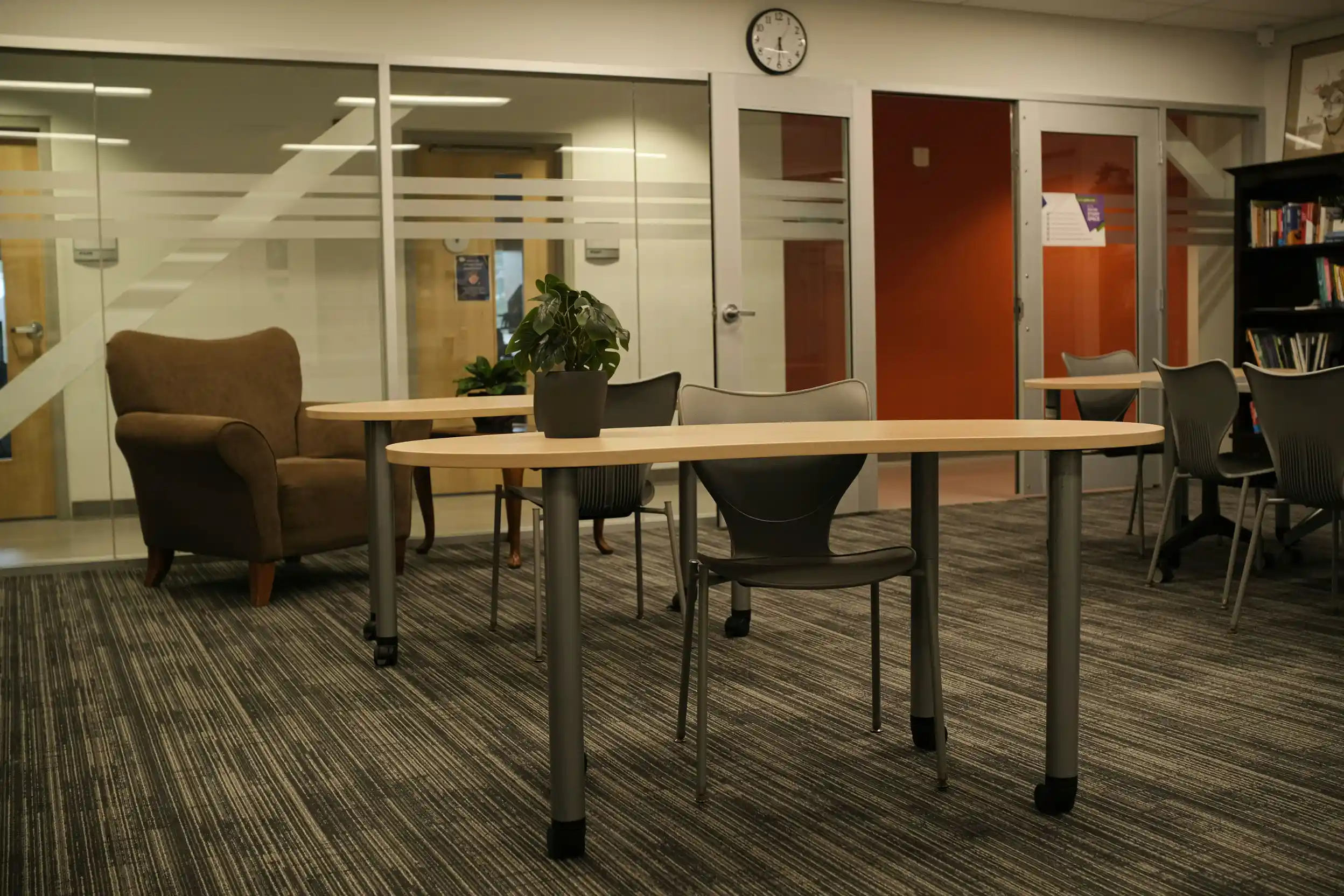
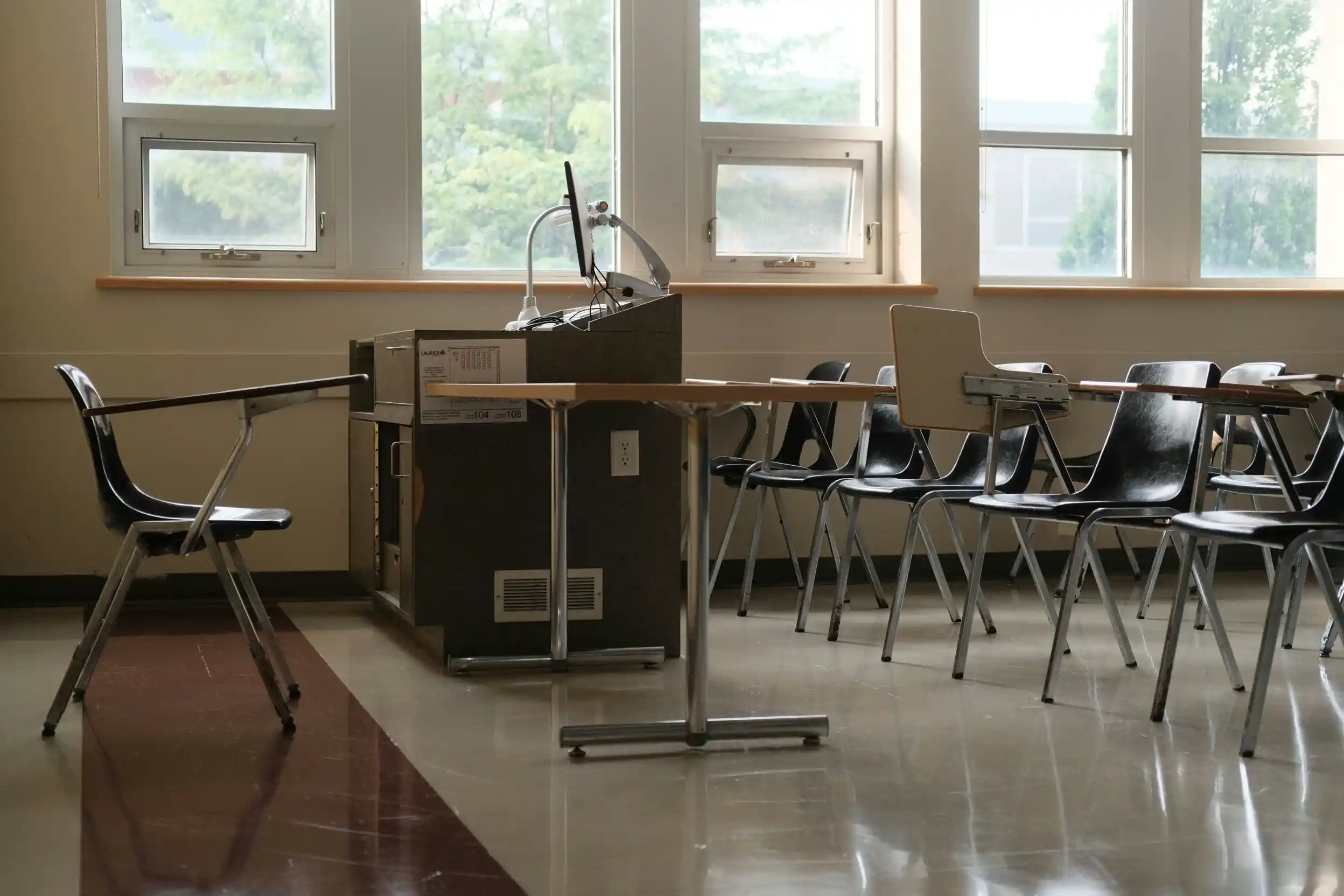

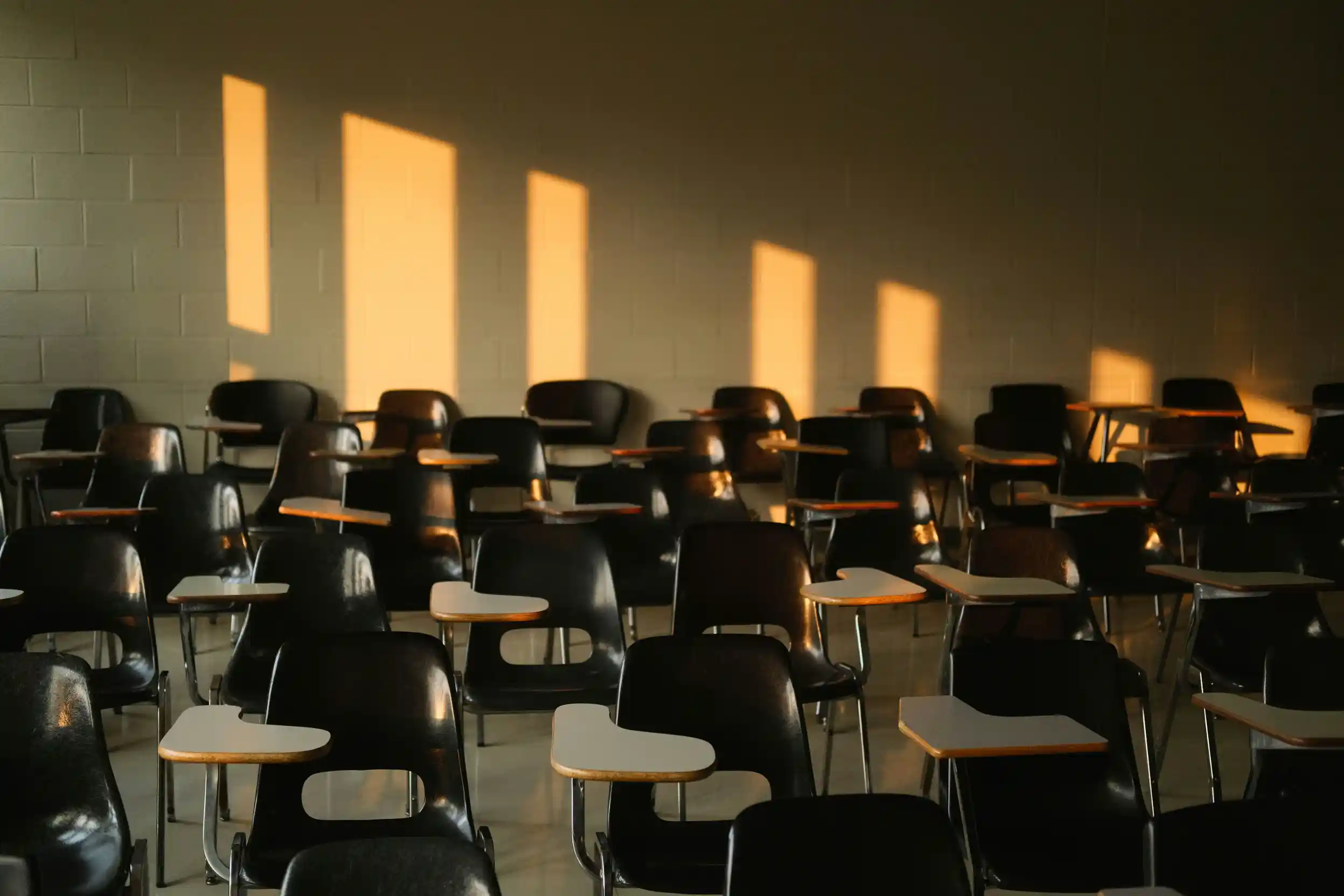
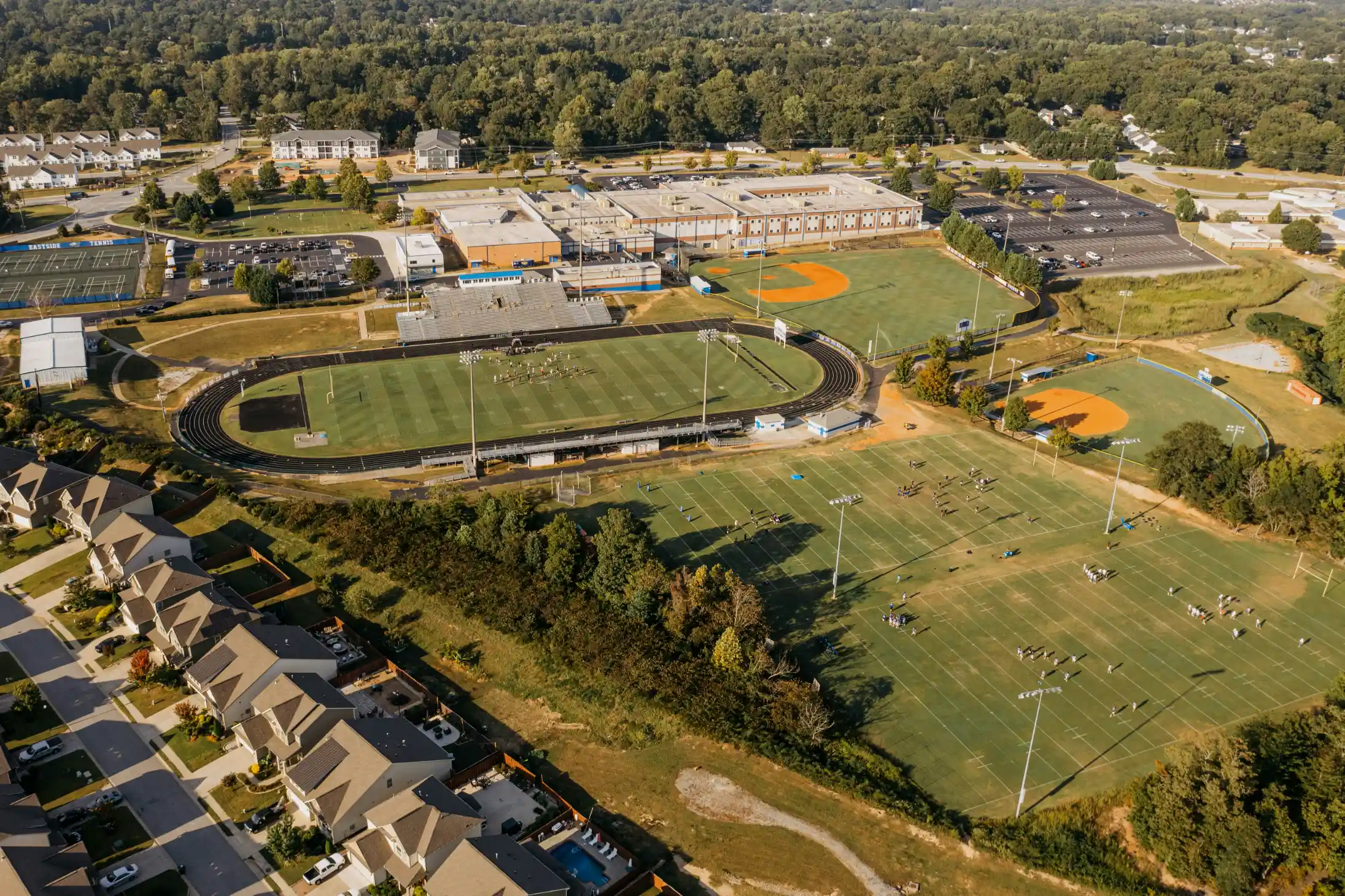







.webp)





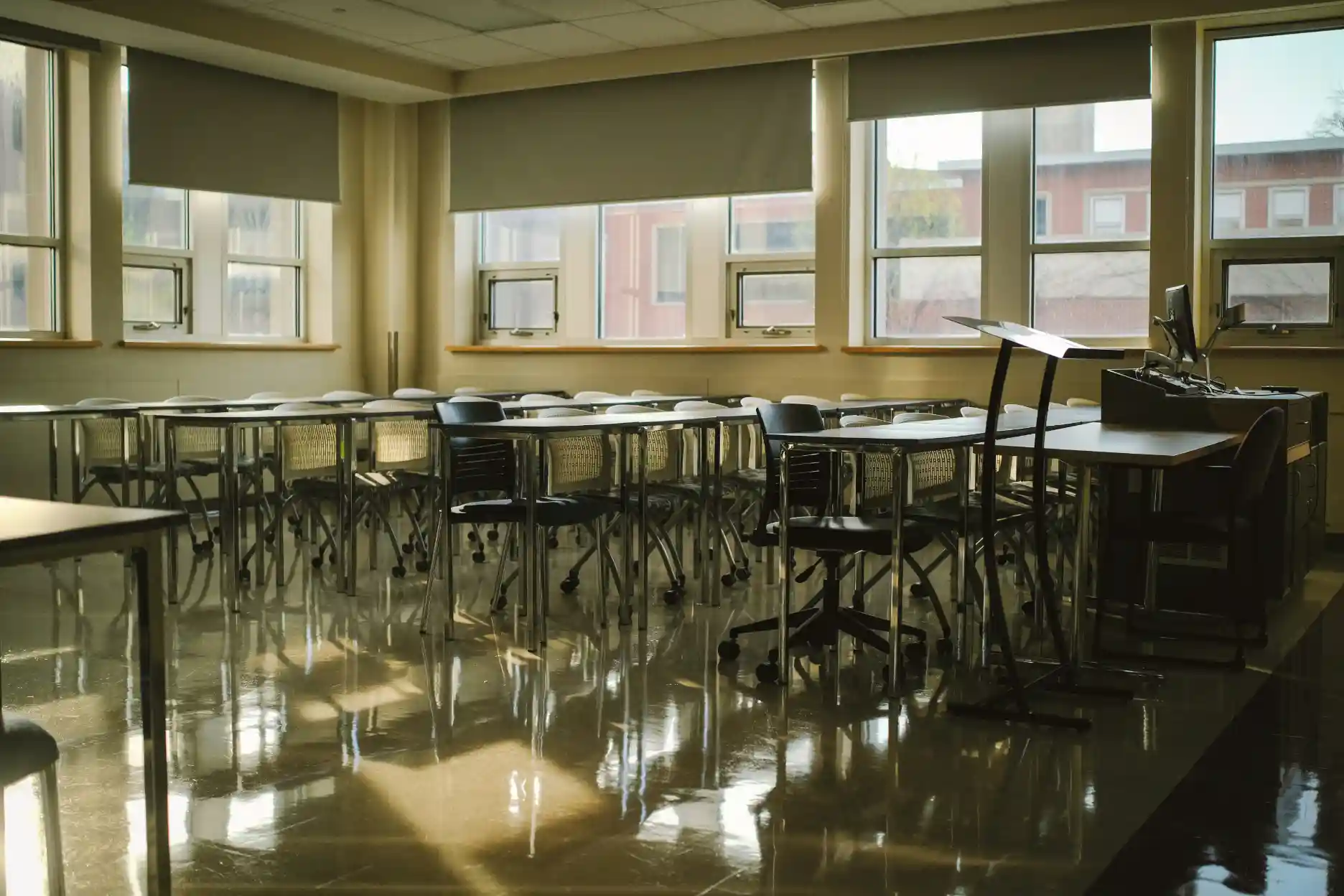



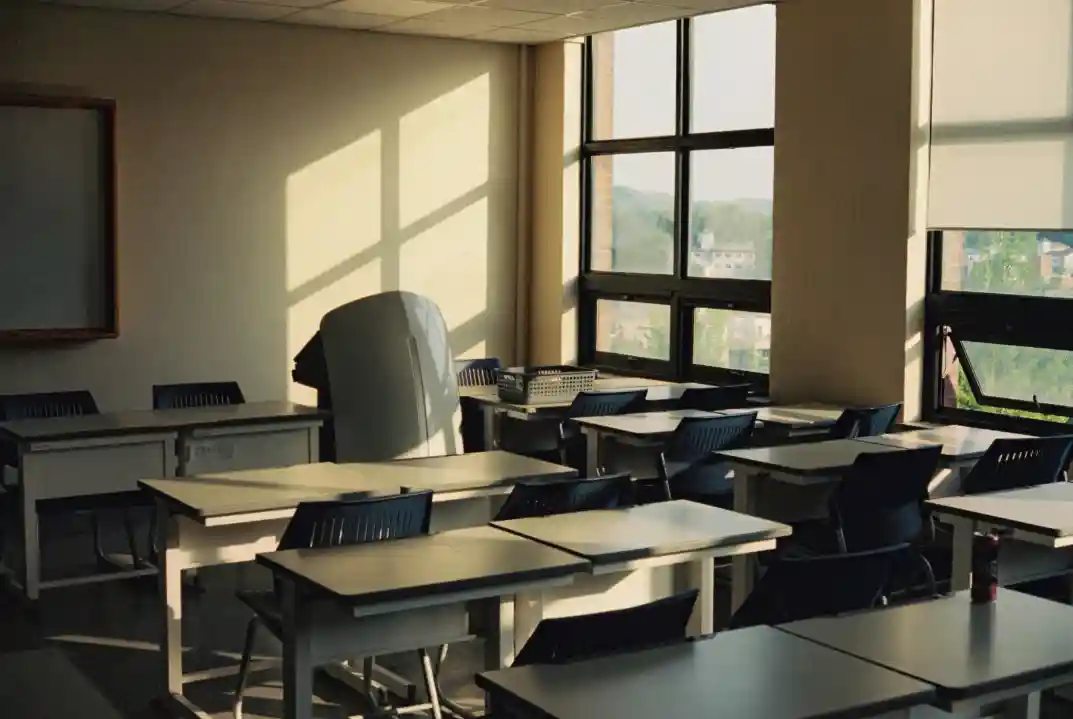





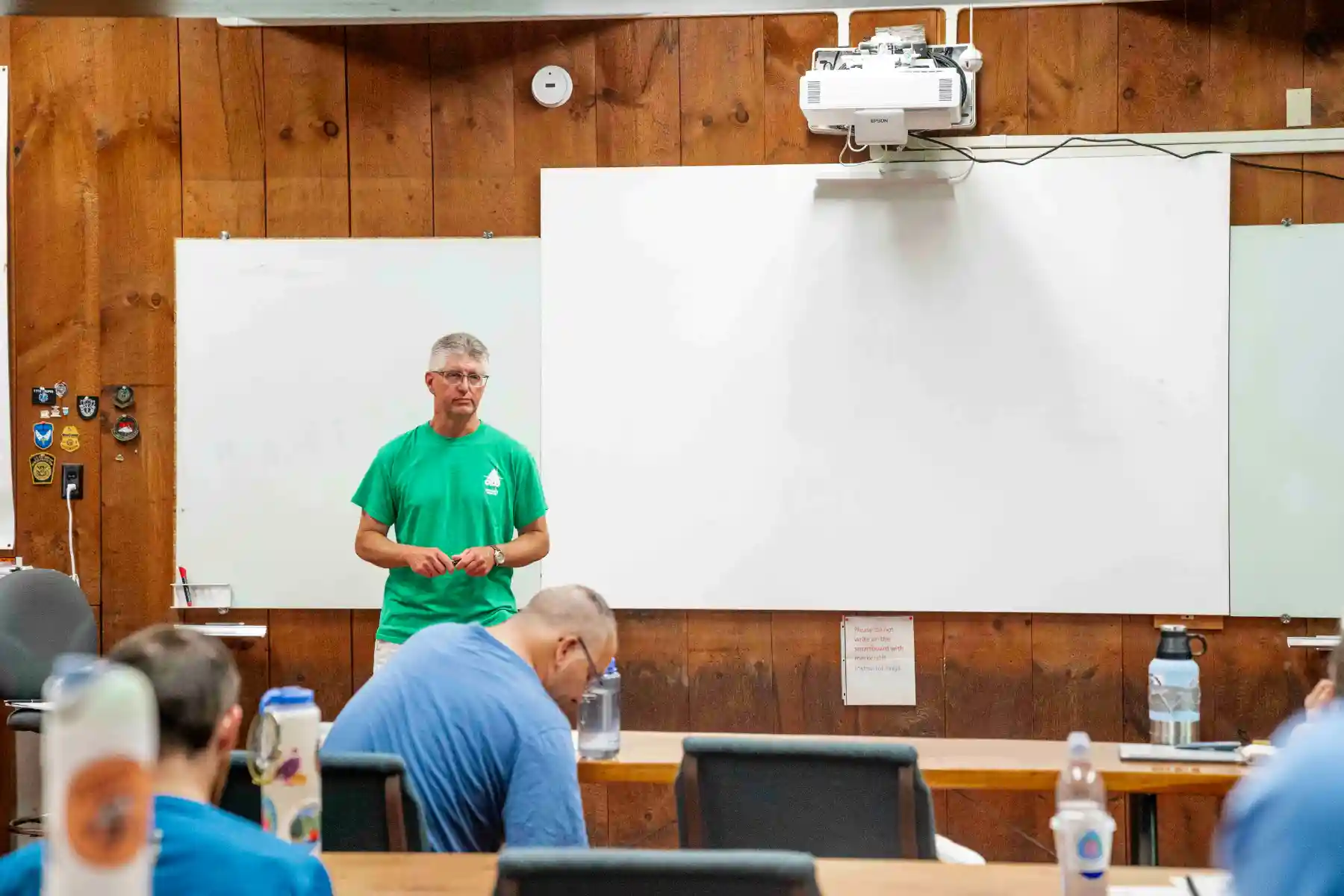


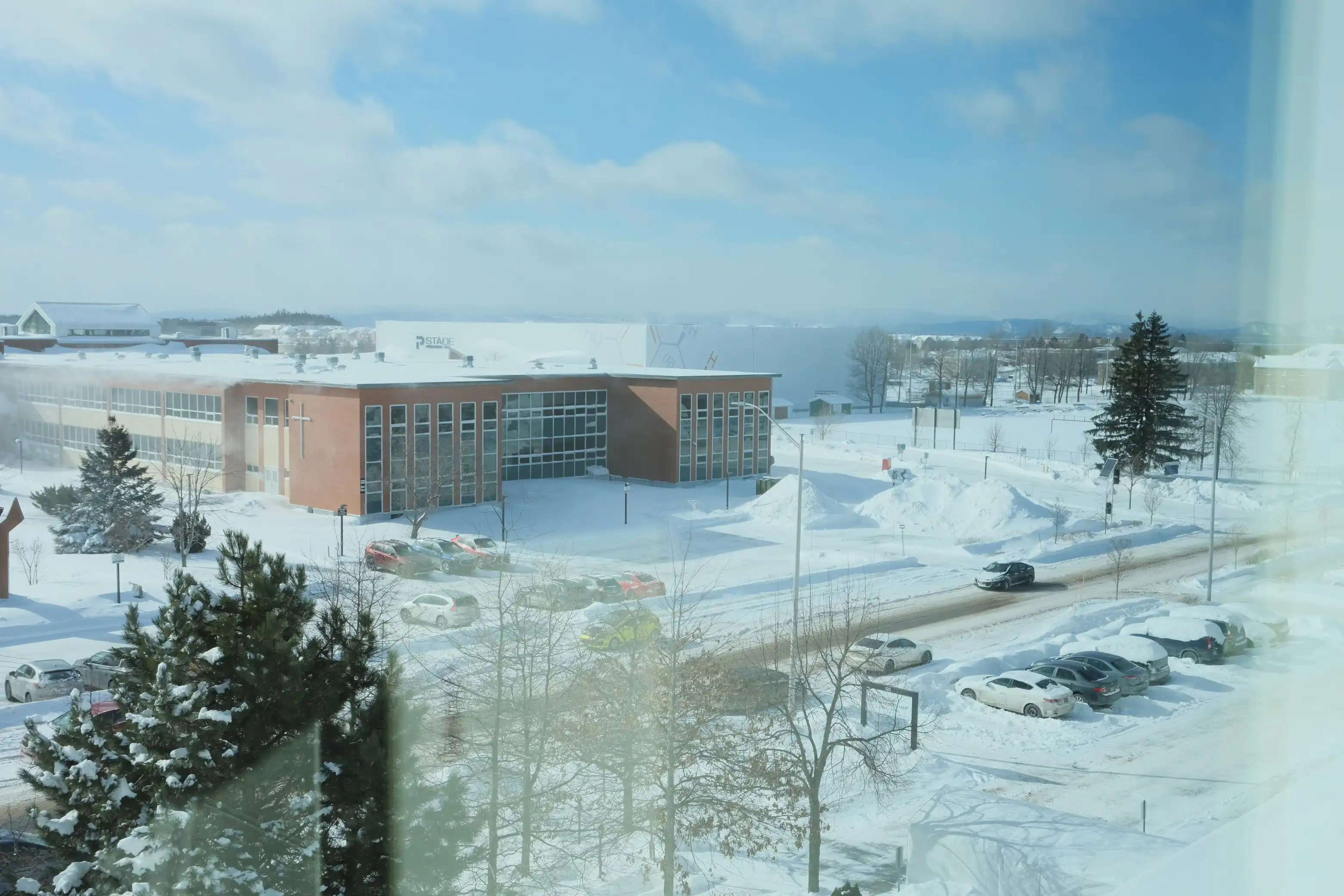
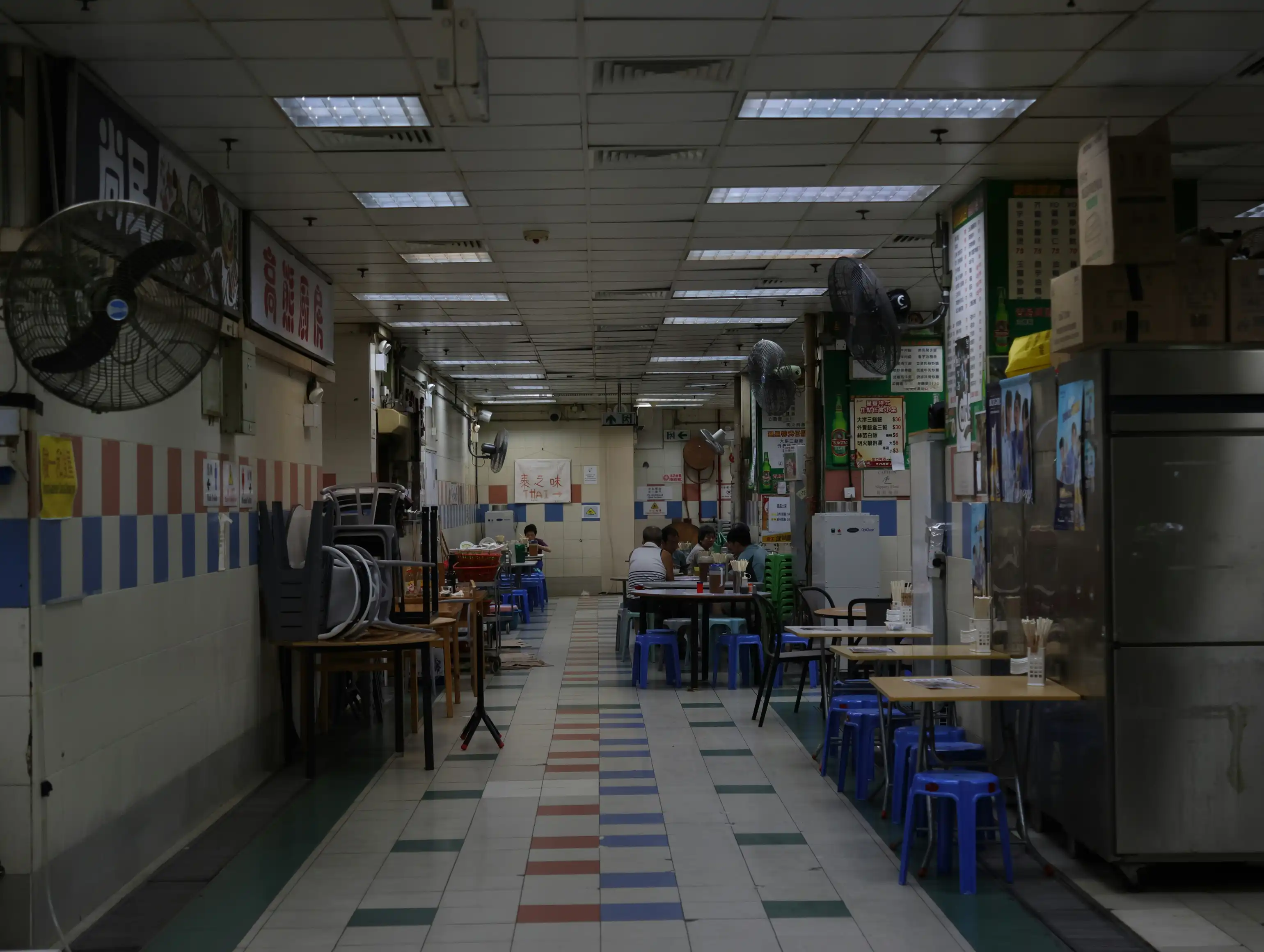


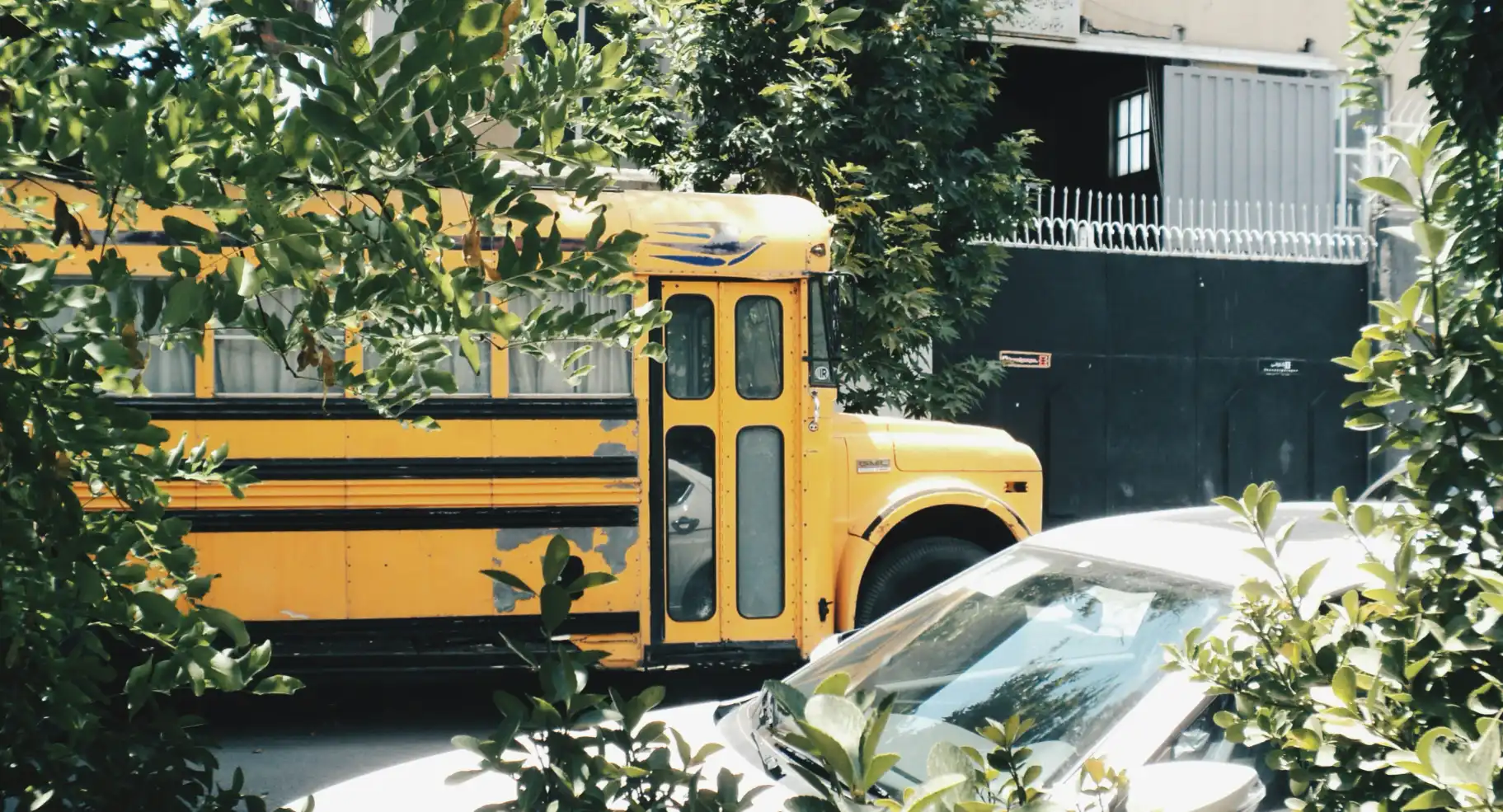



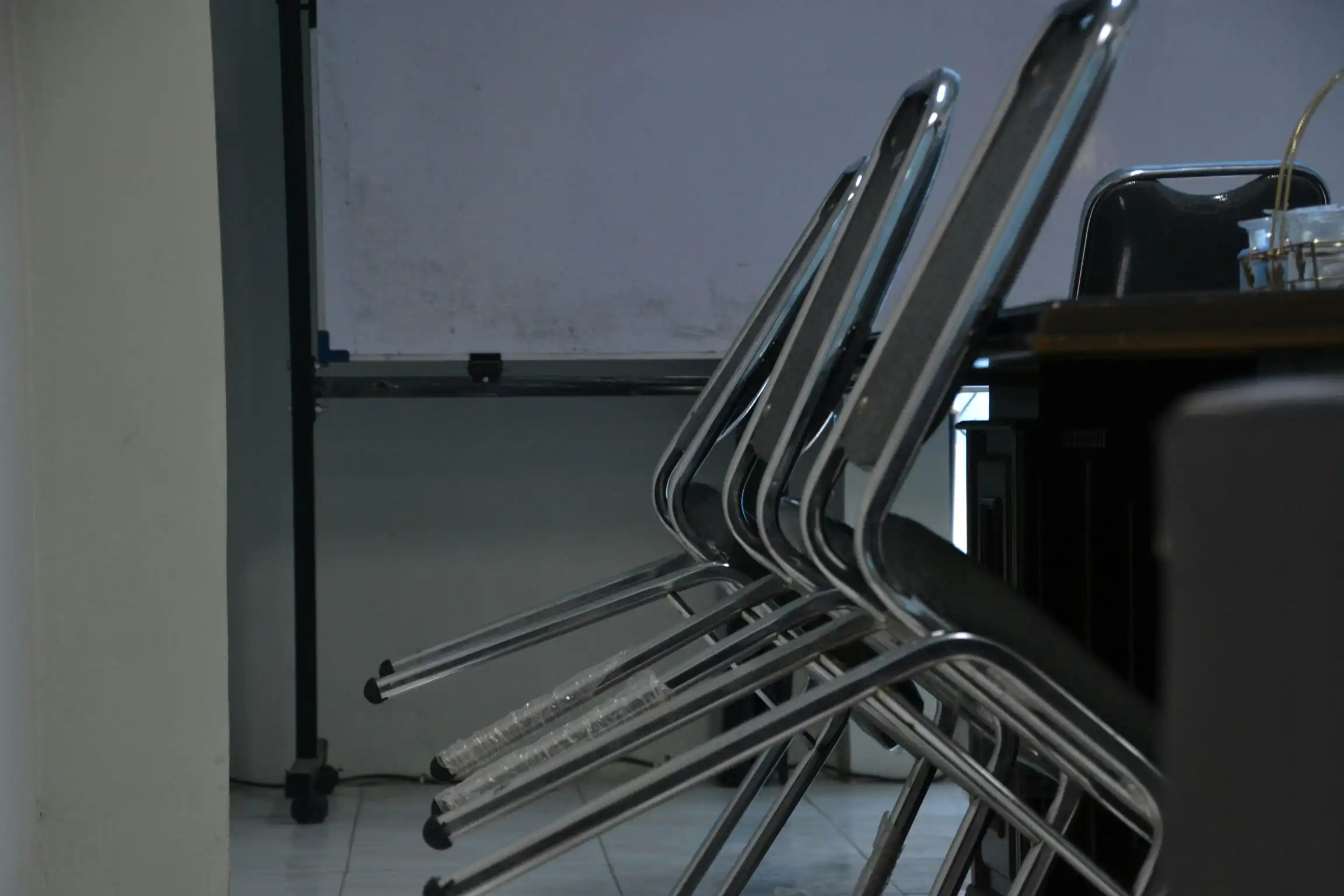
.webp)



%20.webp)





















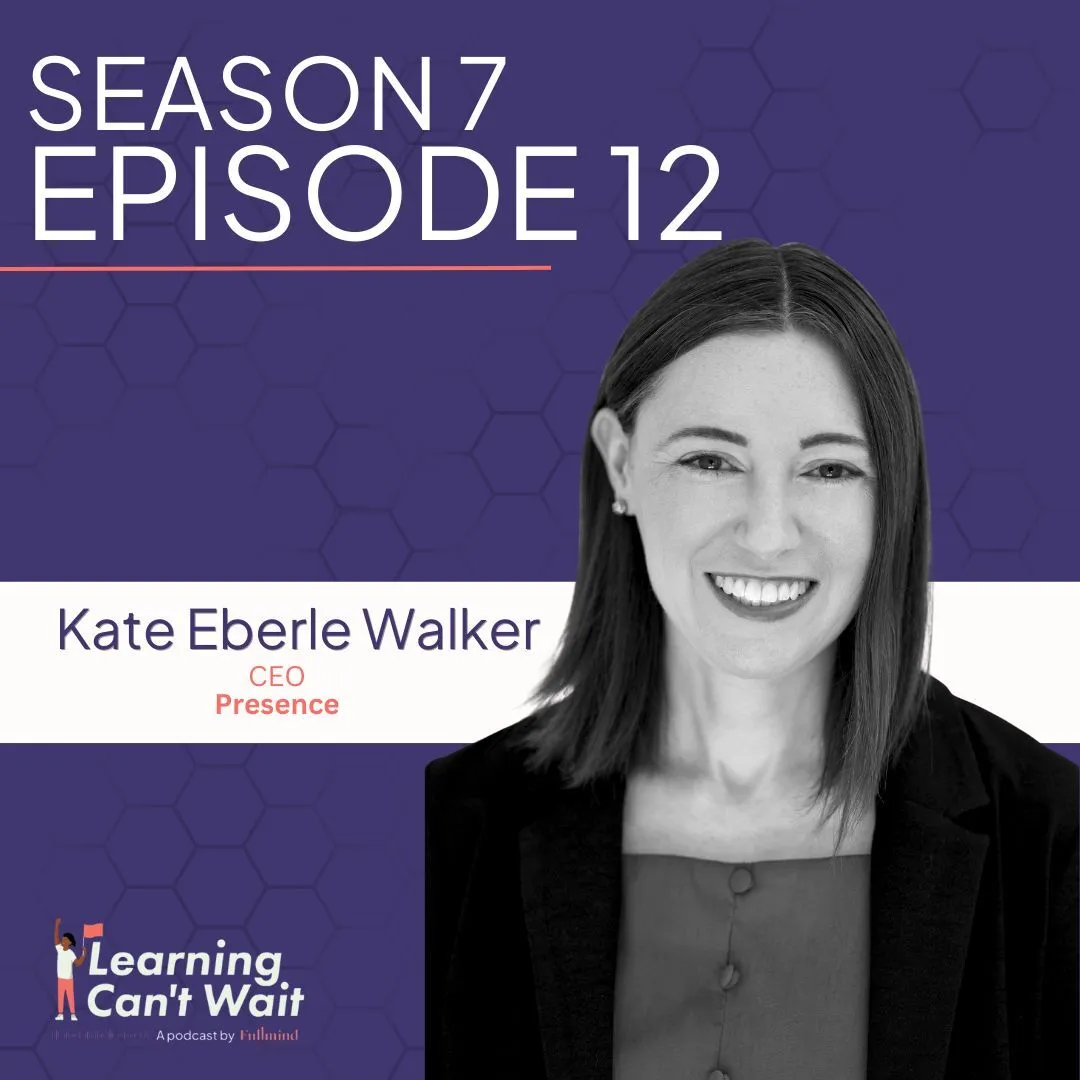














.webp)
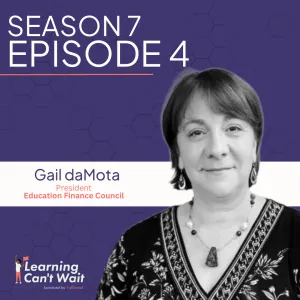


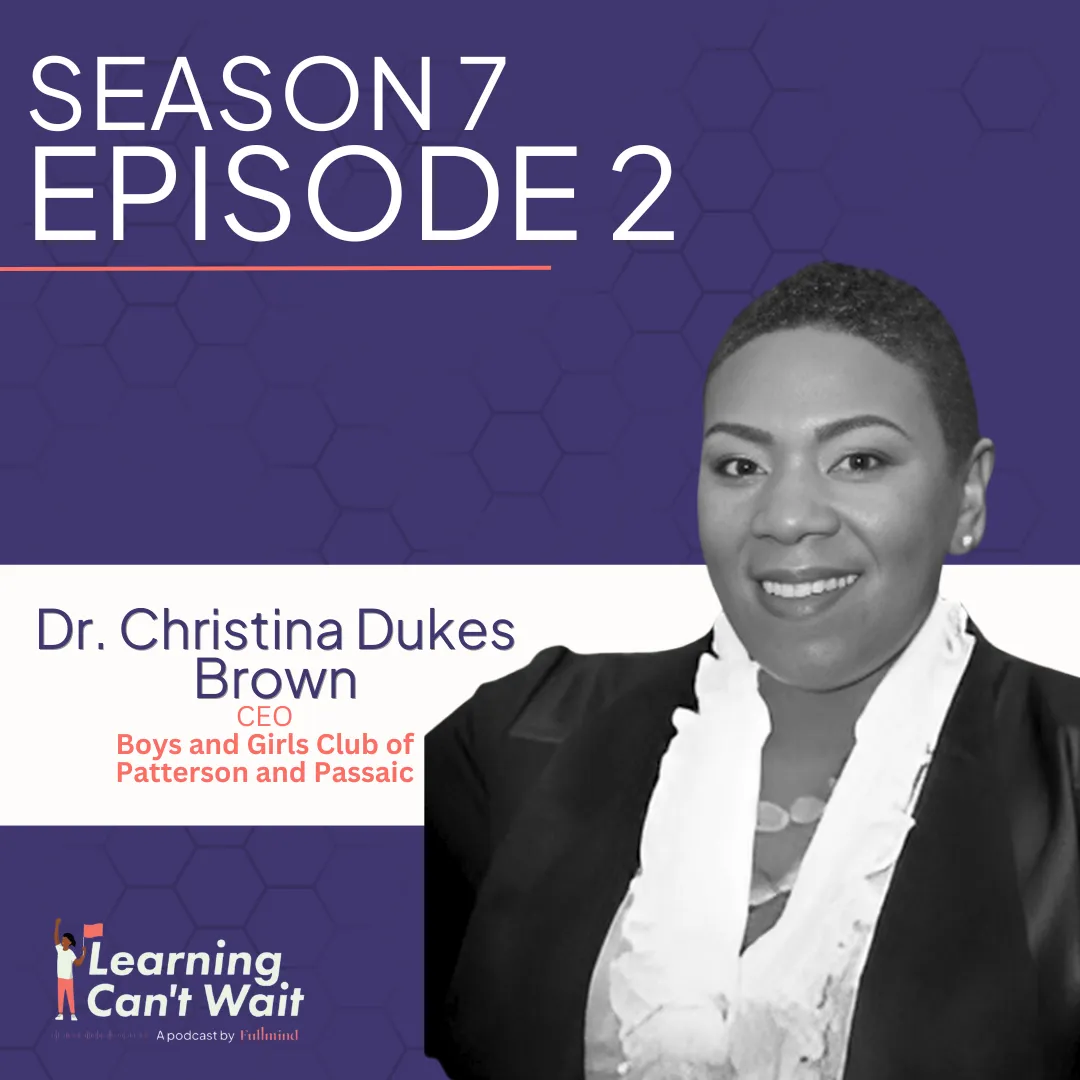
.webp)


.webp)


.webp)
